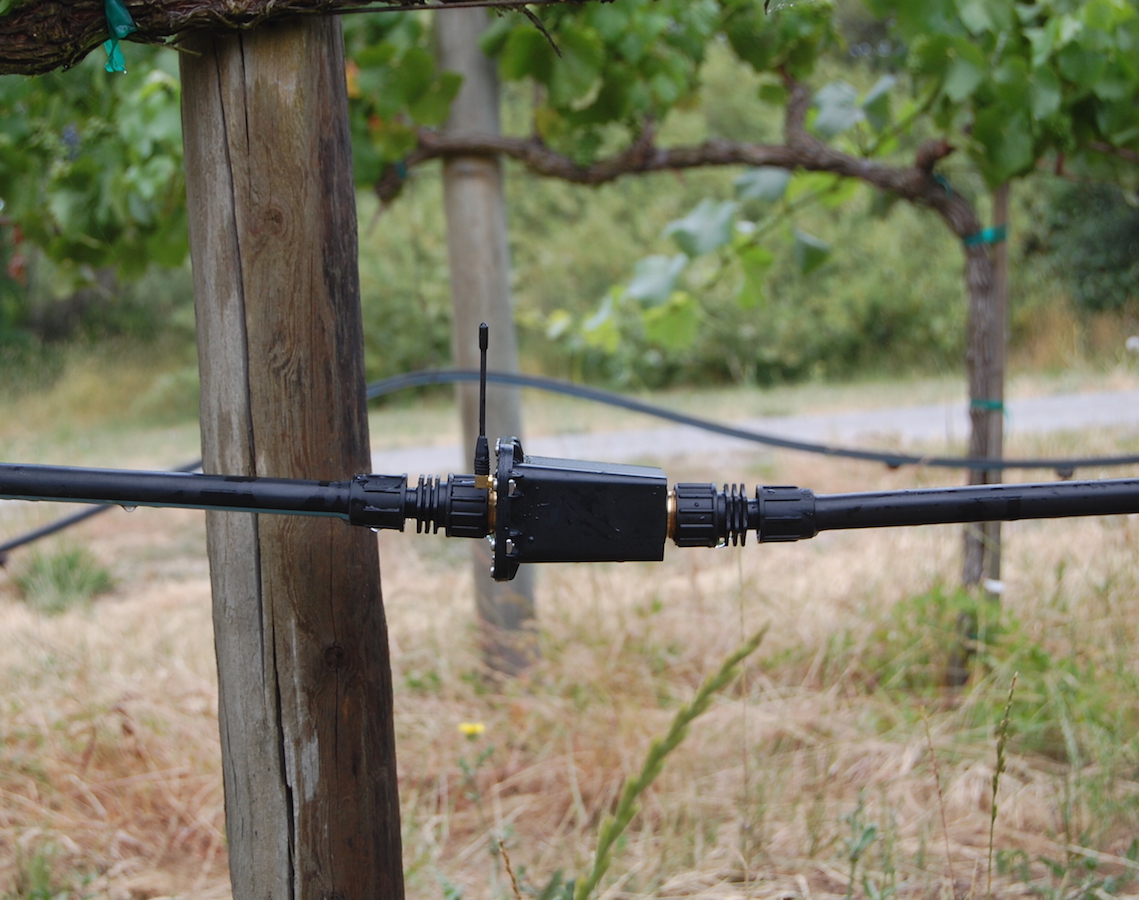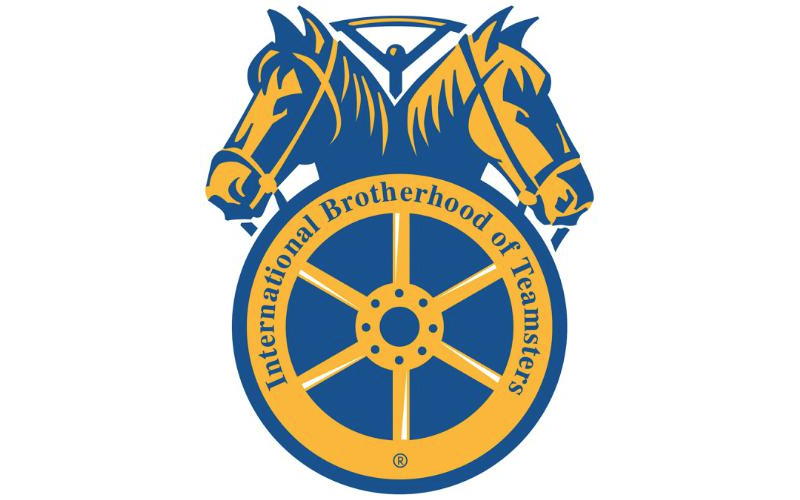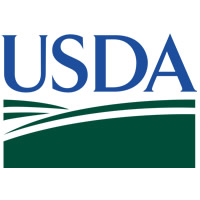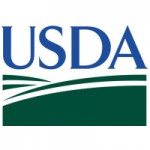Water consumption is a significant concern in the agricultural industry. As farmers face the challenges of long-lasting droughts and high prices for water use, finding ways to conserve water without threatening crops is a high priority.
Mist Labs has developed a technology platform called AgPulse that allows farmers to track their plants and irrigation systems. The technology consists of a set of wireless devices that can be deployed throughout the farm (or more than one location). It tracks data such as irrigation flow information, how much water is going into plants, and how much sun is hitting the plants. The information is fed through a web dashboard in real time, and allows the tracking of historical information for analysis of trends.
Matt Kresse, CEO of Mist Labs, sat down with Food Safety Tech to discuss the AgPulse platform, which also recently won the Proto Labs Cool Idea! Award.
Food Safety Tech: You mentioned that Mist Labs is targeting selling to farmers mainly in the California area. Are you targeting farms of a specific size?
Matt Kresse: Our target initially is large farms, which happened to be first folks with whom we were connected. It might have something to do with the fact that very large farms often have researchers as part of their staff who are most familiar with how to make use of the new data sources that we’re providing. They have also challenges, such as high-level managers who are overseeing many farms, sometimes multiple farms not even in California but worldwide. We’re addressing [a problem they face]—they’re giving prescriptions for how much watering their fields should be getting in the weeks and months ahead. And then there are actual field workers who are doing the surprisingly manual process of opening and closing valves by hand for irrigating blocks on their field, and they’re recording everything on pieces of paper and reporting back. We’re finding that when they do small scale measurements using [instruments] similar to a flow meter and moisture sensors, there’s a large amount of discrepancies between how much they’re prescribing to put on the field and h w much they’re actually putting on the field—it’s anywhere from a 10%–50% discrepancy. That’s’ a problem and can lead to water waste and negative crop outcomes. Particularly with types of crops like fruit and nut crops, if you over-water, it can ruin a crop due to altering the flavor in an unideal way.
Food Safety Tech: Using AgPulse, what’s the technology differentiator versus other current methods?
Kresse: There are not a lot of competitors doing specifically what we’re doing. At best, farms will have a flow meter solution installed on the water main—a large water pipe about 3–4 inches—and that provides water for a very large area or the entire farm. But that doesn’t give you a good sense for how much the individual rows/plants are getting—and that’s what’s really important for the farmer. Our first device can be installed directly in the row, so it connects with the micro-irrigation tubing (it’s very compact). There are other flow meters sized so they can connect with a half-inch or three-quarter inch drip tube, but ours is a really low-profile design so that it can be easily connected with tubing. It avoids a problem when [farmers are] trying to bulk their flow meters in individual rows, [which can cause them to] get wrapped up with the harvesting machinery, and get ripped out, ruining the devices at the end of every year.
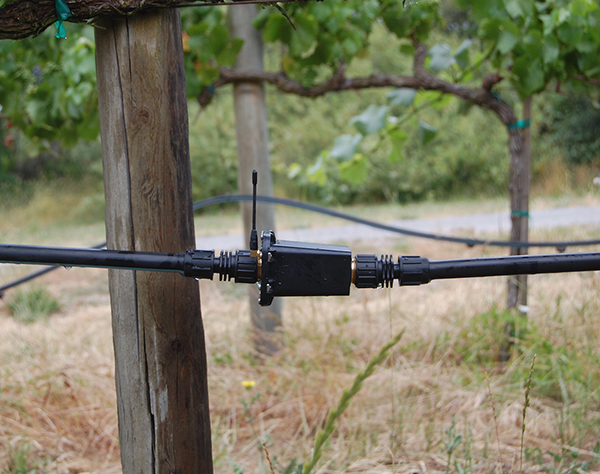
The other thing that no one else is doing: The device has a solar panel to track the solar energy that’s hitting the plant. The growers are placing the device under the canopies of the plant. We’re doing mostly trees and vines. Farmers are very interested in tracking the canopies of the plant over course of the season. This will impact how much they choose to water, when to fertilize, and when to harvest. Messing this up can really impact quality of crop.
Our device is permanently underneath the canopy and sees how much sun information is captured in real time. As the canopy expands and the sun moves over the field over the course of the day, we can track that sun-to-shade ratio. The shade ratio will get bigger as the canopy expands. It gives a nice metric to compare March to July, for example. This is a brand new [feature], and something growers are as excited about as we are—having the real-time flow information.
“The device combines providing data on irrigation and tracking the plant growth. It’s not just a flow meter.” –Matt Kresse, CEO, Mist Labs
Food Safety Tech: How does the use of this technology simplify the entire process for growers?
Kresse: Growers we deal with are sophisticated and are trying to apply deficit irrigation strategies: You water more during an early part of the season and then later in the season, so you cut water at a specific time—it’s what they call applying water stress. That [process] pulls in nutrients from the canopy to the fruit and improves the quality of the fruit by a lot. But doing this requires a precise understanding of how much water is in the plant and being applied to the plant, and how much water stress it’s under. Right now, it’s a manual process, both the watering and the reporting of the watering, so any discrepancies impacts their ability to apply deficit irrigation strategies successfully.
We’re shining a light on this whole process and making it very simple, and reporting out is completely automated for them, so this will greatly simplify the ability to successfully implement deficit irrigation and it’s also in a scalable fashion. If they want to do in another field, it’s just a matter of installing a couple more devices, and the installation process takes minutes.
We can also alert the farmer to leakages or blockages, because we’re tracking the watering over long periods of time. When there’s a sudden increase in the flow rate (or a decrease) that means something most likely happened to the watering structure itself. Leaks can often affect more than 1000 acres—a leak in the corner of your farm could go unnoticed for a while, which might ruin that portion of the crop and is wasting a lot water. [Combine] that with tracking the actual health of the watering structure and the ability to employ deficit irrigation across the entire farm, and we’re comfortable saying that farmers can see about a 20% water savings and improvement of crop yields by around 10%.

